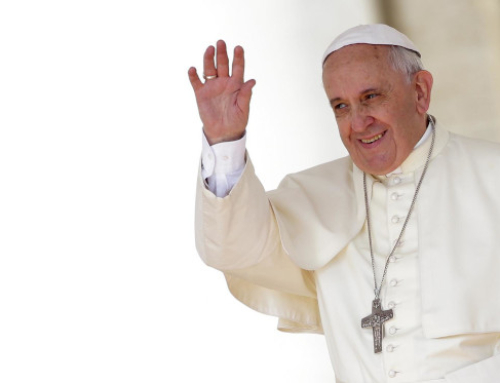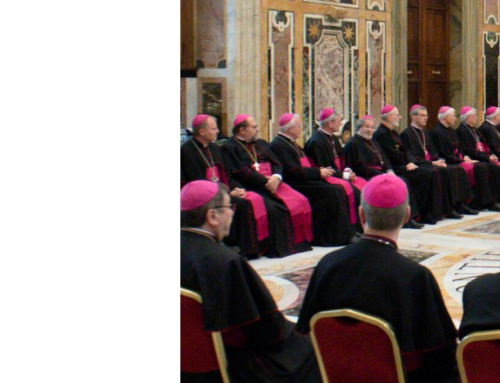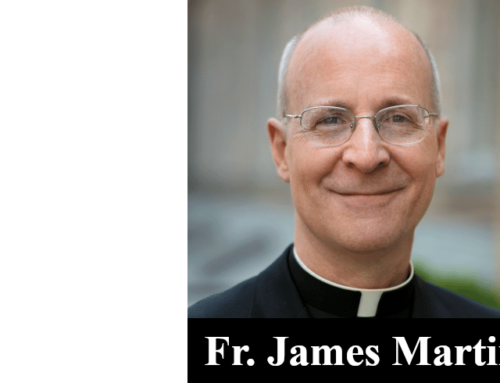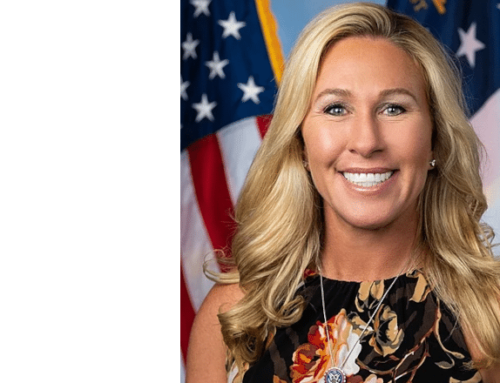Catholic League president Bill Donohue comments on a report by the Attorney General of Missouri:
Missouri Attorney General Eric Schmitt has issued a 185-page report on sexual abuse in the Catholic Church committed by priests, deacons, seminarians, and nuns. The Attorney General’s office reviewed more than 2,000 files on priests who worked in Missouri since 1945. It also read the files of more than 300 deacons, seminarians, and nuns. News reports and communication gleaned from victims were also accessed.
The alleged offenses (many were never substantiated) range from “boundary issues,” such as inappropriate communication, to sexual acts. The report found 163 priests and deacons involved in some form of sexual misconduct. In other words, approximately 8 percent had an accusation made against them, extending back to World War II. Of the 163 accused clergymen, more than half (83) are dead, and most of the offenses are time barred by the statute of limitations. The Attorney General’s office is pursuing 12 cases of alleged abuse.
One of the more curious aspects of the report is the failure to identify the sex of the victims, though it is obvious that most were male. I draw this conclusion because in some cases the report speaks about “her” or “she,” yet it rarely uses male pronouns. This is pure politics: the homosexual cover-up continues.
Some news reports, and comments made by professional victims’ groups, are making it sound as if the abuse is ongoing. In fact, there is little in the way of misconduct. “Only a small percentage of the abusive priests described in this report are reported to have committed misconduct after 2002 [the year that the bishops announced the Dallas reforms].” Unfortunately, this important fact is not mentioned until p. 133 of the report.
I decided to do some of my own digging, and what I found is not the kind of data that critics of the Church want the public to know about.
I broke down the 163 cases according to the decade in which the abuse occurred (if there were multiple offenses that extended into another decade, I counted only the decade of the initial misconduct).
No date could be determined by the report in eight of the cases; there was one case which did not involve abuse (it was listed because of a failure to report an incident). Some priests were laicized and others simply ran off, abandoning their ministry. Unrealistically, the report says the dioceses should track them down and bring them to justice.
Here are the 154 cases listed by the decade in which the offense occurred.
- 1940s: 3
- 1950s: 14
- 1960s: 33
- 1970s: 51
- 1980s: 33
- 1990s: 8
- 2000s: 7
- 2010s: 3
This is consistent with everything we have learned about clergy sexual abuse. The timeline is clearly associated with the sexual revolution, a phenomenon that infected the Church as well as the rest of society. Most of the abuse took place in the 60s and 70s, and if we include the 80s (when the sexual revolution was trailing off), fully three-quarters (76%) of the misconduct took place during that time. Only 8 percent of the cases were alleged to have occurred in this century.
Since 2002, the report says of the Catholic Church, “it has taken steps towards significant reform,” crediting it with strengthening “independent oversight and an integrated approach to supervising all clergy working in Missouri.”
While this acknowledgement is appreciated, the report still has a hard time noting just how much change has taken place. It cites the latest report by the National Review Board for the Protection of Children and Young People, commissioned by the bishops. That report noted that “seventeen years after the approval of the 2002 Charter…existing auditing procedures were not sufficiently thorough or independent.”
Yes, improvements can always be made: One incident of sexual misconduct is unacceptable. But the Attorney General’s report could have discussed the data from the latest National Review Board report. It should have.
The 2018 National Review Board report covered the period of July 1, 2017 to June 30, 2018. During this period, there were 26 new allegations involving current minors. But only three could be substantiated (all three clergymen were removed from ministry). Seven were unsubstantiated; three were unable to be proven; two were referred to a religious order; two were reported as unknown; and three were “boundary violations,” not instances of sexual abuse.
If we consider the three cases that were substantiated, this means that only .006 percent of the 50,648 members of the clergy had a substantiated accusation made against him in that one-year period.
Is there any demographic group, or an institution, religious or secular, where adults intermingle with minors on a regular basis, which has a better record than this?
Will Missouri Attorney General Schmitt now commence a similar probe of sexual abuse in the Missouri public schools? If the real issue is sexual abuse, he will. If it’s a matter of “getting the Catholic Church,” he will not. If he is like his colleagues in other states, we already know the answer.







